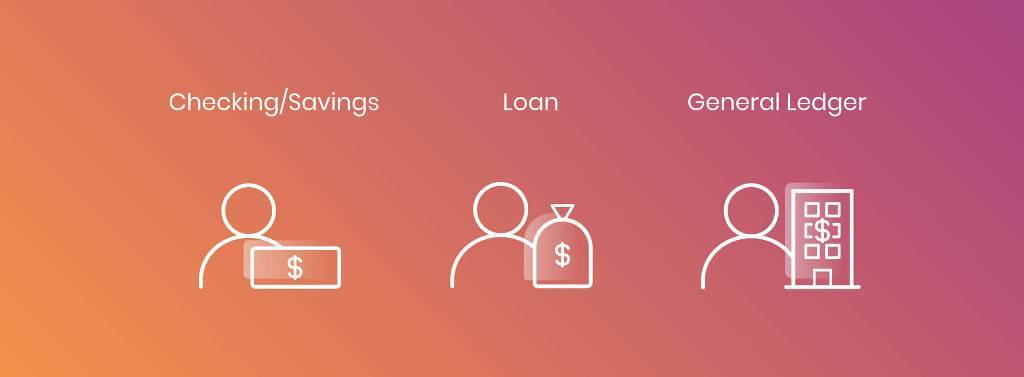We have all been there. You need to send money to someone today, but what happens if that person is overseas? Whether you are a student trying to get funds overseas or you need to send money back home, international transfers can be a convenient way to get money quickly into your account. International money transfers may require more effort since banks typically need more information, and if you are sending a transfer through another company, such as a wire transfer, then it also depends on the method of pay-out.
Here are a few things that you will need to ensure money arrives promptly and without issue for international transfers.
1. Recipient’s Information

Before sending any money, you need to know the first and last name of the recipient in most cases. This is so that your money goes to the right person. The recipient will need to pick up the money and show identification that matches the name and details given.
In some cases, banks and other money transfer companies need to know the address and phone number of the recipient as well. However, it’s typically only necessary for larger sums over $5,000.
2. Account Numbers
Are you sending the money directly into the recipient’s bank account? You will need to know their banking information. In addition, if you are using your account through a money transfer service, you will need to provide your account number and routing number for wire transfers. If you are not sure what routing number to use, you may need to contact your banking institution to ensure that you have the right one before starting the money transfer.
You can easily send money to a bank account to save time, and it’s mostly done online, which means you can send money internationally in less than 2 days.
3. Banking Information
In some instances, you will need to know more about the recipient’s bank information. This typically includes their bank’s name and and bank address. This information is more important when you send money directly to a recipient’s banking institution. For security purposes, some of this information is required in certain countries.
Here is a breakdown of all that may be required:
- Bank name and address for the recipient
- Recipient’s account type, such as checking or savings
- Recipient’s account number or IBAN (International Bank Account Numb er)
- Recipient’s bank’s BIC/SWIFT code (see below)
4. SWIFT Code
You don’t always need a SWIFT code for international transfers, as most banks take care of this for you on the backend. However, if you do a money transfer through international service, you may need to provide this information. SWIFT transfers are the global standard for sending money internationally. These transfers are necessary, but they are not always fast. Some banks do not work directly with SWIFT, so it’s important to check if your bank participates in this network.

Since most banks cannot send money directly to one another, SWIFT allows banks to connect one or two more banks until the destination is reached. These transfers take about 1 to 5 days.
5. Check Your Online Transfer Limits First
Are you able to send the right amount of cash to your international recipient? Some banks limit the amount you can transfer to just $50 or $100 per day. In other cases, you may be able to wire thousands. This all depends on your transfer limit. You can typically find this on the wire transfer section of your bank’s website, or a money transfer service may give you a limit upfront and not allow you to send over that specific amount.
6. Money Amount and Currency Type
After you enter all the banking and recipient information, you will be prompted for the amount of money you wish to send and select a currency. Typically, if you live in the US, you will choose USD to the recipient’s currency, whether that is Euro, Yen, or something else.
In general, bank accounts in international countries use the local currency. You should select the most accurate currency for where your recipient lives. It’s not uncommon for a transfer service to only transfer in Euros, whether the recipient can use those or not. You should always double check the conversion to ensure that your recipient is not left paying high conversion rates to change the money to the current that they need.
7. Transfer Processing Fee
There will typically be some fees associated with international wire transfers. These fees are typically under $50 for most banks and services. In other cases, it depends on the amount that you send. Higher fees may be applied to amounts that are higher and need more protection.
If sending to a particularly small country or a country not in SWIFT network, there may be more fees incurred due to SWIFT. While there is one fee for your bank, fees add up from other banks as the money is moved from one to the next to get to the final destination. These fees should be explained to you before the transfer goes through.
8. Check Your Account Type
Not everyone can send money directly from their bank to other countries, even if you use a money transfer service. This is because some banks are actually prepaid debit cards and do not follow the same standards as a traditional bank such as Wells Fargo or Bank of America. In many cases, you will have to get a qualifying bank in order to make these transfers work.

Legally, prepaid debit cards are not banking institutions and are frequently associated with fraud. This is why most money transfer services will not allow you to use them for wire transfers. In this case, you may need to use cash to send to a recipient’s account.
9. ID and Age Verification
To open a banking account for transfers, you need to show verification of your citizenship. This typically includes a driver’s license, state identification, or passport. You also have to show proof of your age, as most banks require you to be 18 years of age or older to open an account. You also must provide a social security number.
Even money transfer services require you to be 18 years old.
How Long Do International Money Transfers Take?
If you are sending money to another country, it may take up to 5 days for the recipient to receive money into an account. This isn’t always the case, and sending money online internationally could be instant if using certain services.






